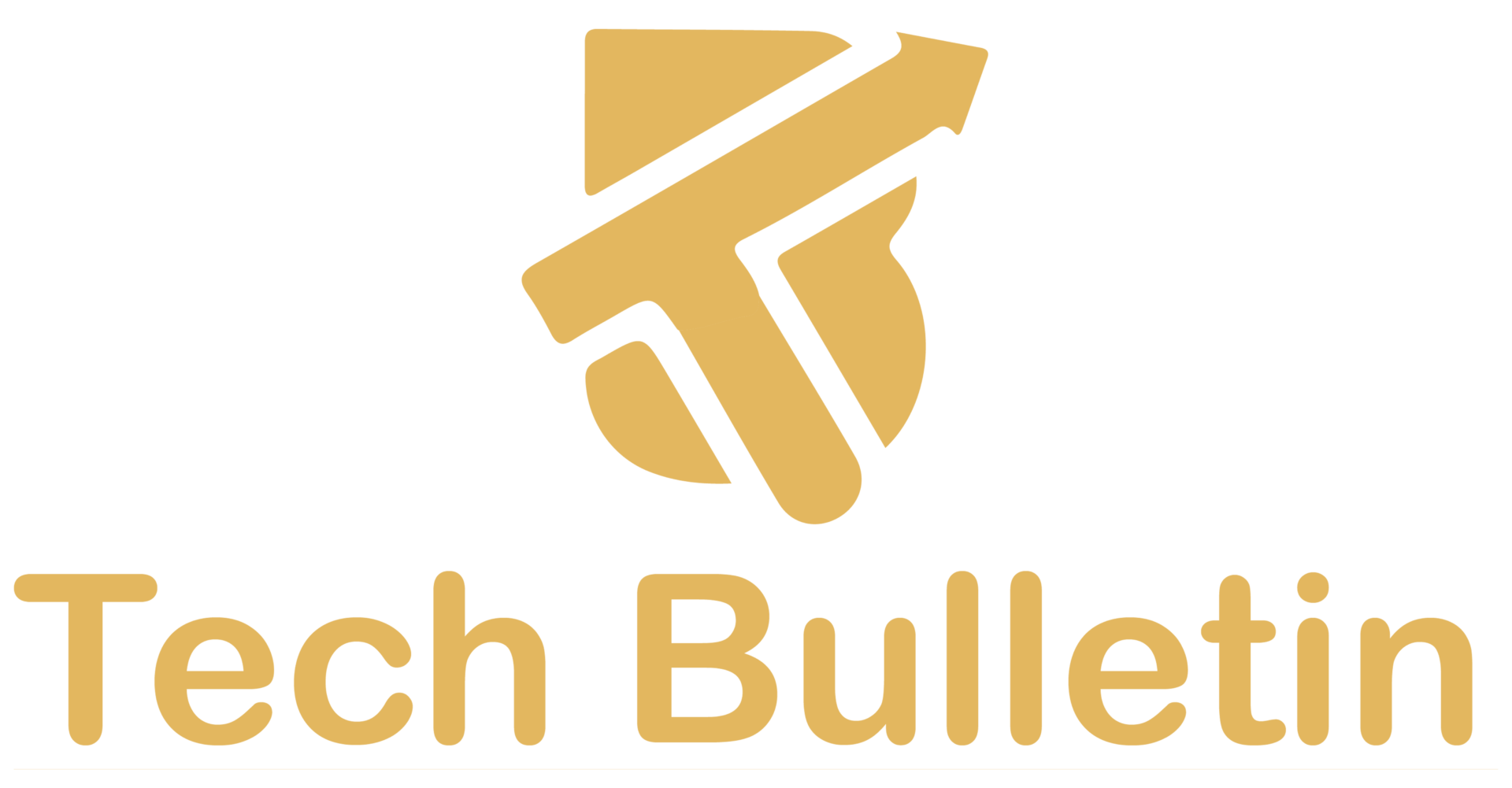How to get started with machine learning on a budget

Machine learning (ML) is no longer a technology reserved for large corporations or deep-pocketed researchers. Thanks to open-source tools, affordable cloud services, and free online resources, you can start learning and experimenting with machine learning even on a tight budget. In this article, we’ll guide you through the steps to get started with machine learning on a budget, from choosing the right tools to leveraging free courses and communities.
Why Machine Learning is Accessible Now
In the past, machine learning required expensive hardware, proprietary software, and access to large datasets. But things have changed. Today, thanks to advancements in cloud computing, open-source software, and free educational resources, machine learning has become more accessible than ever before.
The Rise of Open-Source Tools
Many machine learning frameworks like TensorFlow, Keras, and Scikit-Learn are open-source and free to use. These frameworks are backed by large communities, making it easy to find tutorials, resources, and support. With these tools, you can experiment with machine learning models and algorithms without the need for expensive software.
Cloud Services for Affordable Computing Power
Cloud computing services like Google Colab, AWS, and Microsoft Azure offer powerful, on-demand computing power for a fraction of the cost of buying your own hardware. For small projects, Google Colab provides free access to GPUs, which significantly speeds up the training process.
Step 1: Choose the Right Tools for Machine Learning
To get started with machine learning on a budget, you don’t need to spend money on proprietary software. Instead, focus on open-source tools and free resources that can help you learn and experiment without breaking the bank.
Free Machine Learning Frameworks
- TensorFlow: An open-source ML framework developed by Google that’s widely used for deep learning and neural networks.
- Scikit-Learn: A simple, efficient library for data mining and machine learning, great for beginners.
- Keras: A high-level neural networks API, written in Python, that runs on top of TensorFlow.
- PyTorch: Another powerful deep learning library, offering flexibility and ease of use.
These libraries are free to use, and each has a rich ecosystem of tutorials, documentation, and online communities.
Cloud Services for Computing Power

- Google Colab: Free access to GPUs for ML experiments. It’s perfect for beginners as it’s easy to use and well-integrated with Jupyter notebooks.
- Amazon Web Services (AWS): Offers a free tier, and its cloud computing services, like EC2, are affordable for small-scale projects.
- Microsoft Azure: Provides free access to many tools and services to get started with machine learning, including the Azure ML studio.
By using these free tools and services, you can start learning and experimenting without spending a lot of money on hardware.
Step 2: Learn the Basics with Free Online Resources
Learning the fundamentals of machine learning doesn’t require expensive university courses. Numerous high-quality free resources are available online that cover everything from the basics of algorithms to more advanced techniques like deep learning.
Free Online Courses
- Coursera: Offers free courses from top universities like Stanford, Google, and the University of Washington. Some notable courses include Andrew Ng’s “Machine Learning” course and “Deep Learning Specialization.”
- edX: Features free introductory courses from institutions like MIT, Harvard, and Microsoft, focusing on data science, AI, and machine learning.
- Google AI: Google offers free tutorials and courses through its Google AI platform, covering topics like machine learning basics and TensorFlow.
- Kaggle Learn: Kaggle, a popular platform for data science competitions, also offers free mini-courses that teach the basics of machine learning with hands-on examples.
These courses are often self-paced, so you can learn at your own convenience without any financial commitment.
Books and Documentation
- “Hands-On Machine Learning with Scikit-Learn, Keras, and TensorFlow” by Aurélien Géron: This book is a great resource for beginners and includes practical, hands-on projects.
- Machine Learning Mastery by Jason Brownlee: This website is packed with tutorials and articles aimed at helping beginners learn machine learning.
For documentation, the official pages of machine learning libraries (like TensorFlow, PyTorch, etc.) are comprehensive and come with step-by-step guides.
Step 3: Participate in Online Communities
Joining machine learning communities can help you learn faster, get your questions answered, and stay motivated. Whether you’re a beginner or an experienced developer, participating in these communities provides access to valuable resources and networking opportunities.
Popular Machine Learning Communities
- Stack Overflow: A vast community of developers where you can ask questions, solve problems, and learn from others.
- Reddit: Subreddits like r/MachineLearning and r/learnmachinelearning are excellent places to find discussions, tutorials, and advice.
- Kaggle: Kaggle’s community includes data science enthusiasts and professionals who share notebooks, datasets, and solutions.
- GitHub: A place where you can find machine learning projects, contribute to open-source repositories, and collaborate with other developers.
These communities are great for asking questions, collaborating on projects, and keeping up with the latest trends in the field.
Step 4: Start Small with Practical Projects
Hands-on experience is one of the best ways to learn machine learning. Don’t worry about building complex models right away. Start with small, manageable projects that allow you to practice the concepts you’ve learned.
Simple Machine Learning Projects to Get Started
- Iris Flower Classification: A classic machine learning problem where the goal is to classify species of iris flowers based on various features.
- Handwritten Digit Recognition (MNIST): A simple project that involves training a model to recognize handwritten digits.
- Predicting House Prices: Use regression models to predict house prices based on features like location, size, and number of rooms.
- Spam Email Classifier: Build a model to classify emails as spam or not using a dataset of labelled emails.
These projects are beginner-friendly and can help you practice essential skills like data cleaning, feature engineering, and model evaluation.
Step 5: Leverage Free Datasets for Your Projects
You don’t need to spend money on datasets when starting with machine learning. Many free datasets are available online for practice and experimentation.
Popular Free Datasets for Machine Learning

- Kaggle Datasets: Kaggle hosts a huge variety of datasets for everything from beginner projects to complex problems.
- UCI Machine Learning Repository: A collection of databases, domain theories, and datasets often used for machine learning research.
- Google Dataset Search: A tool for finding datasets hosted across the web. It’s useful for finding datasets for specific projects or interests.
These free datasets allow you to practice machine learning without the need for paid data sources.
Conclusion
Getting started with machine learning on a budget is completely possible with the right resources. By using free tools like TensorFlow, Google Colab, and open datasets, you can begin learning and experimenting with machine learning without breaking the bank. Leverage free online courses, join communities, and start with small, practical projects to build your skills. With consistent practice and the help of the rich online ML community, you’ll soon be able to apply machine learning techniques to real-world problems—without spending a fortune.
FAQs
- Do I need expensive hardware to get started with machine learning?
- No, cloud services like Google Colab and AWS provide free computing resources, making it accessible for beginners without the need for powerful hardware.
- Where can I find free datasets for machine learning?
- Free datasets can be found on platforms like Kaggle, UCI Machine Learning Repository, and Google Dataset Search.
- What’s the best way to learn machine learning on a budget?
- Start with free online courses, use open-source tools like TensorFlow and Scikit-Learn, and participate in online communities to get help and stay motivated.
- Can I build a machine learning model without spending money?
- Yes, you can use free tools like Google Colab for training models and free datasets for projects, making it possible to build models without spending money.
- How can I get practical experience in machine learning?
- Start by working on simple projects like classifying iris flowers or predicting house prices. These projects give you hands-on experience with essential ML concepts.
- What machine learning framework should I use as a beginner?
- Scikit-Learn is a great option for beginners because of its simplicity. TensorFlow and PyTorch are also popular choices, but might require a bit more learning.
- Is machine learning suitable for someone on a tight budget?
- Yes, machine learning is very accessible now with many free tools, resources, and cloud services that make it affordable for anyone to start learning.
Also Read: Economic Impact of Autonomous Cars Explained







